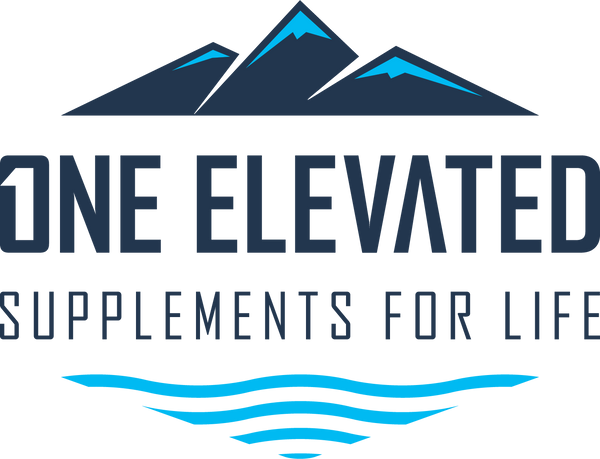oneelevated-blog
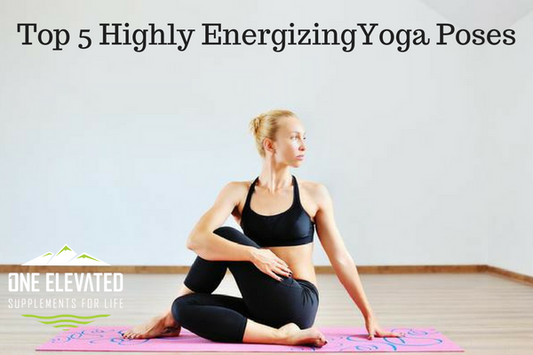
Top 5 Highly Energizing Yoga Poses!
Top 5 Highly Energizing Yoga Poses! Feeling fatigued? We here you and spring is the time to come out of hibernation and return to the blossoming of new life. Spring...
Top 5 Highly Energizing Yoga Poses!
Top 5 Highly Energizing Yoga Poses! Feeling fatigued? We here you and spring is the time to come out of hibernation and return to the blossoming of new life. Spring...
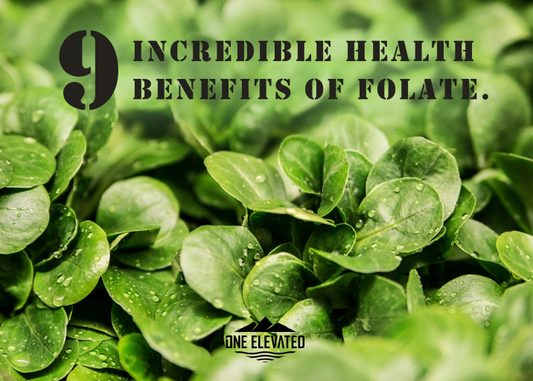
9 Incredible Health Benefits of Folate
Folate, or vitamin B9, is one of many essential vitamins. You may also be familiar with folic acid as a form of folate; folic acid is the synthetic version used...
9 Incredible Health Benefits of Folate
Folate, or vitamin B9, is one of many essential vitamins. You may also be familiar with folic acid as a form of folate; folic acid is the synthetic version used...
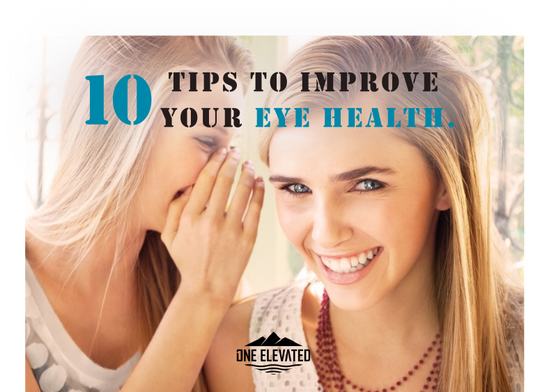
10 Tips to Improve Your Eye Health
10 Tips to Improve Your Eye Health Current statistics show that over 20 million people in the U.S. have or are experiencing loss of vision. Although some age-related, eye diseases...
10 Tips to Improve Your Eye Health
10 Tips to Improve Your Eye Health Current statistics show that over 20 million people in the U.S. have or are experiencing loss of vision. Although some age-related, eye diseases...
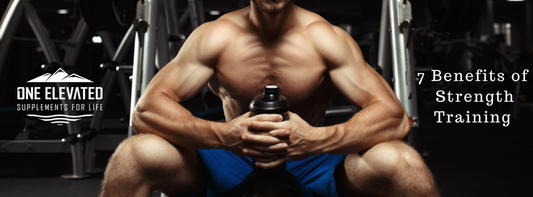
7 Benefits of Strength Training
Lifting. Resistance or Strength Training, Pumping iron, however you choose to name it, the use of resistance to induce muscular contraction plays a critical role in improving the overall health...
7 Benefits of Strength Training
Lifting. Resistance or Strength Training, Pumping iron, however you choose to name it, the use of resistance to induce muscular contraction plays a critical role in improving the overall health...
